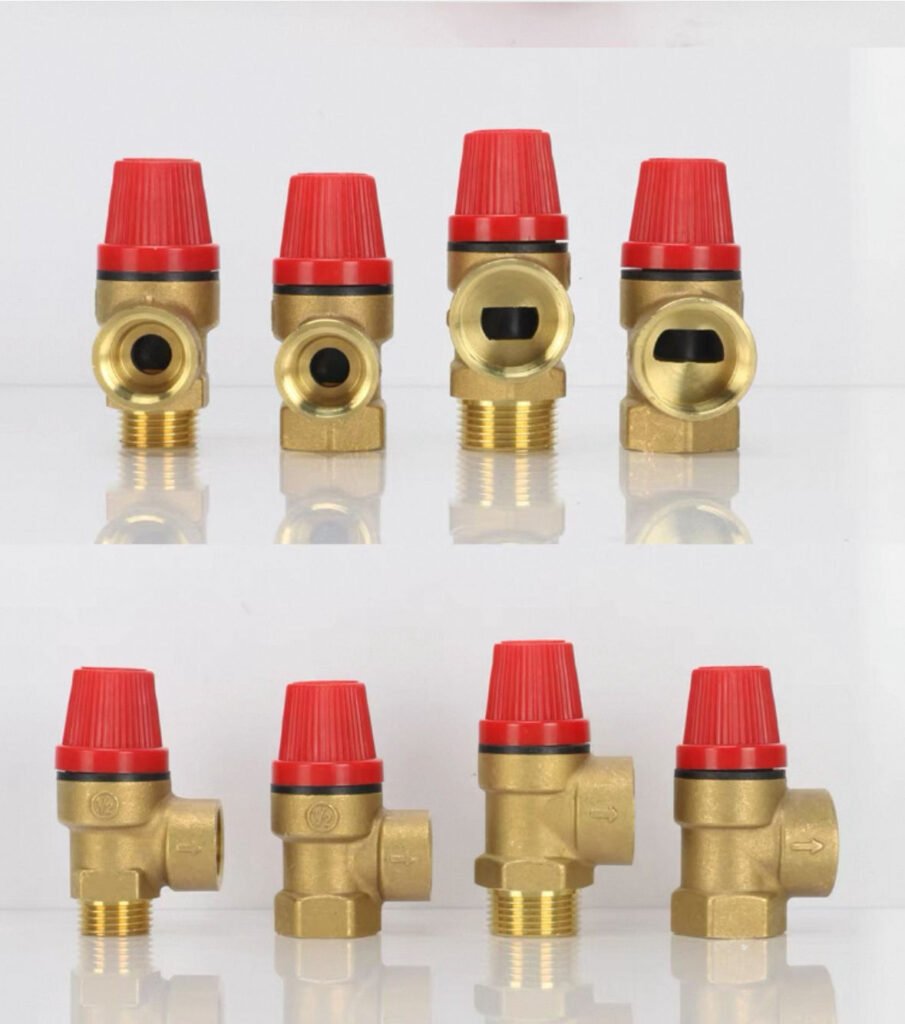Struggling with low pressure in your hydraulic system? It’s frustrating when equipment underperforms, risking delays, costly repairs, or even safety hazards. The good news? You can boost pressure effectively with the right approach, starting with a key component: the pressure relief valve. Read on to discover practical solutions to optimize your system and keep operations running smoothly.
To increase pressure in a hydraulic system, adjust the pressure relief valve by turning its adjustment screw clockwise to raise the setpoint. Ensure the valve is properly sized and check for leaks or blockages. Regular maintenance and using high-quality valves, like IVALVECRAFT’s, ensure stable pressure and optimal performance.
This guide dives deeper into adjusting pressure relief valves, their functions, and working principles. Stick around to learn how to enhance your hydraulic system’s efficiency and avoid common pitfalls.

How Do You Adjust the Pressure on a Pressure Relief Valve?
Adjusting the pressure on a hydraulic pressure relief valve is a straightforward process, but it requires precision to avoid system damage. First, locate the pressure relief valve adjustment screw, typically found on the valve’s body. Before tweaking, shut down the system and release residual pressure for safety. Using a screwdriver or wrench, turn the screw clockwise to increase the pressure setpoint, which allows the system to operate at higher pressure before the valve opens. Make small adjustments—quarter turns are usually enough—and test the system after each tweak. Monitor the pressure gauge to ensure you’re within the system’s safe operating range. Over-tightening can strain components, while under-adjusting may not solve low-pressure issues. Always refer to the hydraulic pressure relief valve diagram provided by the manufacturer, like IVALVECRAFT, for specific guidance. Regular maintenance, such as checking for wear or debris, ensures consistent performance. Properly adjusted valves maintain stable pressure, protecting your equipment and boosting efficiency for wholesalers and construction projects.
What Is the Function of the Pressure Relief Valve in a Hydraulic System?
The function of a pressure relief valve in a hydraulic system is to act as a safety guard, preventing excessive pressure that could damage components or cause system failure. When pressure exceeds the valve’s setpoint, it opens to divert excess fluid, maintaining safe operating conditions. This is critical in applications like construction equipment or industrial machinery, where pressure spikes can lead to costly downtime or safety risks. The main relief valve in a hydraulic system ensures stable operation, especially in high-demand environments like those served by IVALVECRAFT’s B2B clients in Russia, Poland, or the UK. Without a reliable valve, pumps, hoses, or actuators could fail under strain. Different hydraulic pressure relief valve types, such as direct-acting or pilot-operated, cater to varying system needs. Regular inspection and using high-quality valves ensure optimal flow and pressure control, making them essential for plumbing wholesalers and DIY chain supermarkets.
What Is the Principle of a Pressure Relief Valve?
The working principle of a hydraulic pressure relief valve is based on balancing system pressure against a preset limit. The valve contains a spring-loaded mechanism that holds a disc or poppet against a seat. When hydraulic fluid pressure exceeds the spring’s force, the disc lifts, allowing excess fluid to flow out, often to a reservoir, reducing system pressure. Once pressure drops below the setpoint, the spring pushes the disc back, sealing the valve. This simple yet effective mechanism is illustrated in a pressure relief valve circuit diagram, showing how it integrates into the system. The hydraulic pressure relief valve symbol in schematics—a diamond with an arrow—helps engineers identify its role. IVALVECRAFT’s valves, designed for stable export pressure, use this principle to ensure sufficient flow rate for applications in Germany or Romania. Understanding this principle helps procurement officers select the right valve for consistent performance in demanding hydraulic systems.
Summary
Boosting pressure in a hydraulic system starts with mastering the hydraulic pressure relief valve adjustment, understanding its critical function in a hydraulic system, and grasping its working principle. By fine-tuning the valve, monitoring system performance, and choosing reliable components, you can ensure stable pressure and avoid costly issues. Whether you’re a purchasing officer for a construction project or a plumbing wholesaler in the UK or Czech Republic, high-quality valves are key to efficiency. IVALVECRAFT offers durable, high-performance valves tailored for B2B needs, ensuring sufficient flow and export-ready stability.
Choose IVALVECRAFT, choose reliable partner, enjoy the high quality and best service.


